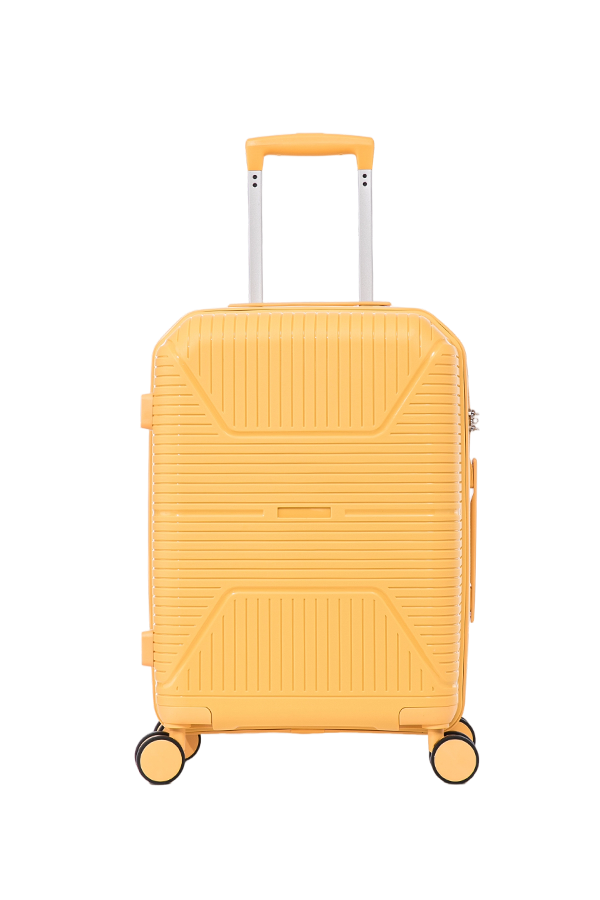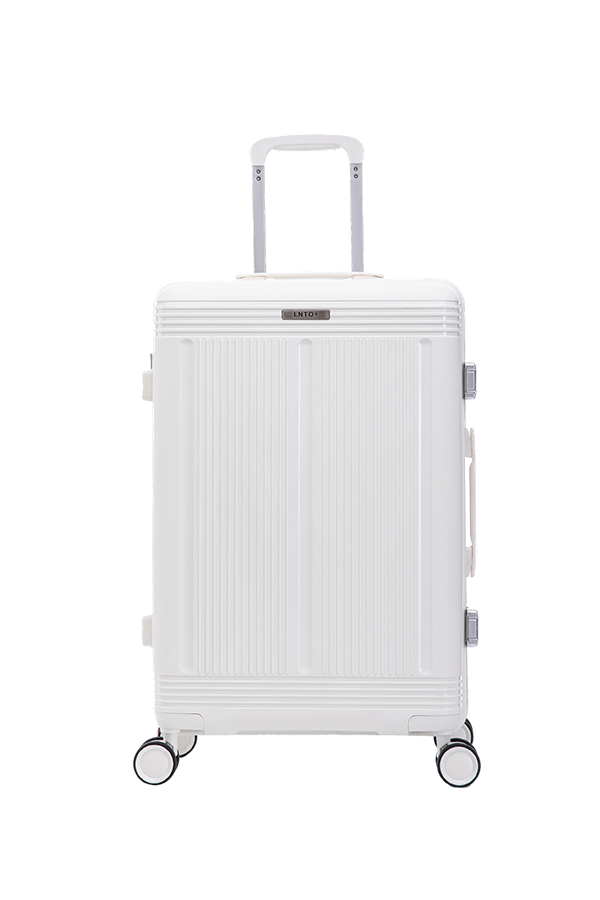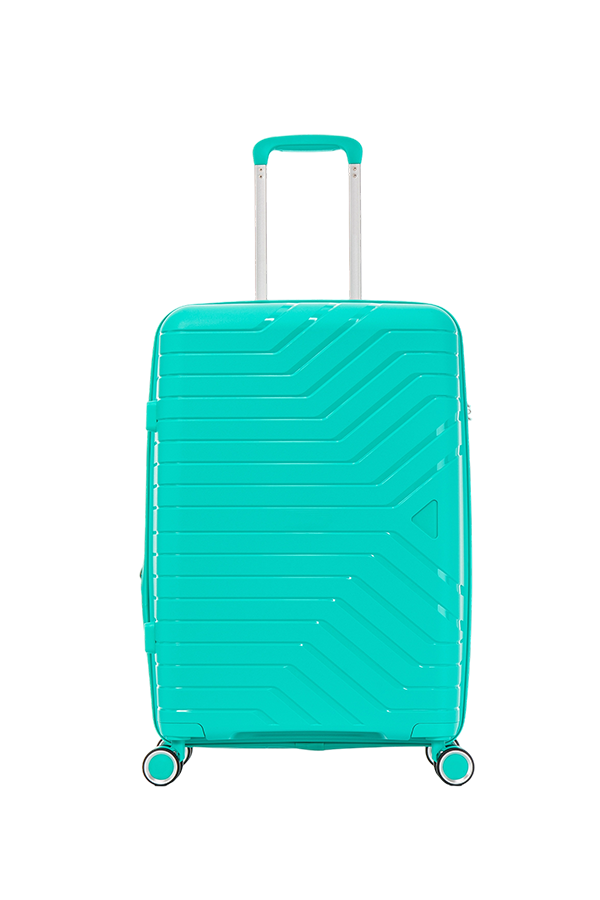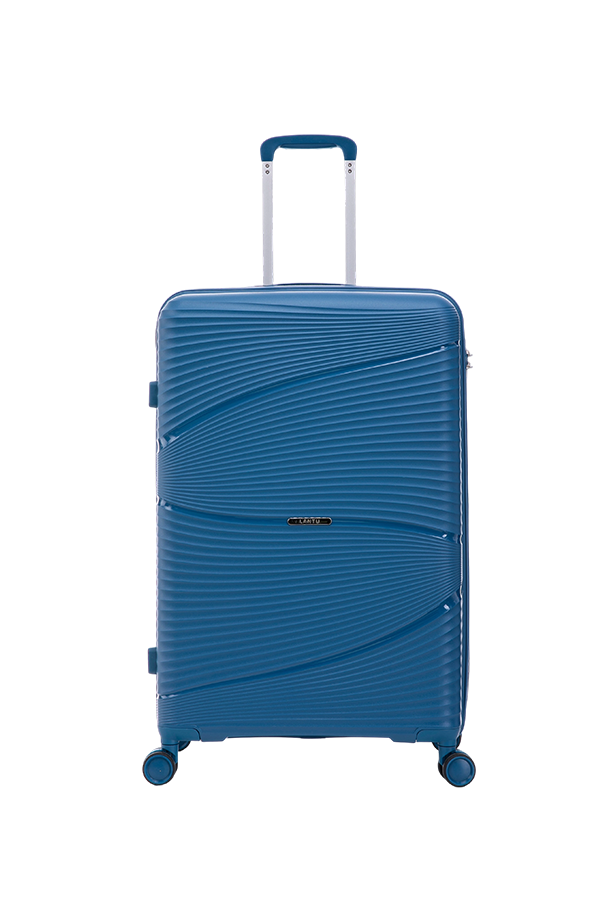Hardside Expandable Luggage: How Durable Is It?
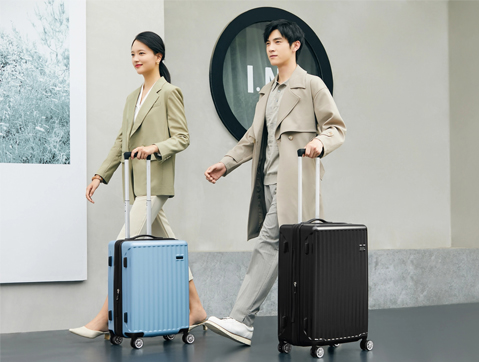
Hardside expandable luggage is designed to offer a combination of structural protection and flexible packing capacity. Its durability depends on the materials used, the construction quality, and the conditions in which it is used. Understanding these factors can help travelers set realistic expectations and choose models that suit their travel frequency and habits.
The shell material is one of the influential elements. Common materials include ABS, polycarbonate, and aluminum. Polycarbonate is known for higher impact resistance compared with ABS, as it can flex slightly when pressure is applied. This flexibility allows the shell to absorb minor shocks without cracking. ABS, although lighter and more economical, may show surface marks more easily. Aluminum provides the strongest exterior but often adds extra weight. For travelers, polycarbonate offers a balance between strength and manageability.
Durability also involves frame construction, hinge quality, and zipper design. Expandable models rely on reinforced zippers and compression layers to maintain shape during travel. A well-built expandable section should maintain integrity even when the suitcase is filled to capacity. High-quality zippers and seams also support long-term performance by reducing the likelihood of tearing or splitting.
Another consideration is wheel and handle durability. Because hardside luggage places of its stress on wheels and telescopic handles, these components influence overall longevity. Multi-directional spinner wheels made of stable polyurethane help the case roll smoothly, reducing strain on the shell. Telescopic handles with internal metal reinforcement add stability.
In practical use, hardside expandable luggage maintains durability under normal travel conditions, including airport handling and road transportation. While it may not be immune to dents or scratches, its structural protection generally supports the safety of stored items. Overall, it provides a dependable level of durability when used thoughtfully and maintained properly.
Hardside Expandable Rolling Suitcase: A Table Overview
The following table provides a comparison of key aspects related to hardside expandable rolling suitcases. This overview helps travelers understand important features and evaluate whether this type of luggage meets their needs.
|
Feature |
Description |
Practical Consideration |
|
Shell Material |
Usually made from ABS, polycarbonate, or a composite blend. |
Polycarbonate offers better flexibility; ABS is lightweight and budget-friendly. |
|
Expandable Section |
Adds additional storage depth through a zipper panel. |
Useful for return trips with extra items; should not exceed airline size limits. |
|
Wheel Design |
Typically includes four spinner wheels for multidirectional movement. |
Spinner wheels reduce wrist strain and improve navigation in tight spaces. |
|
Handle System |
Telescopic handle with locking positions. |
Multiple height settings improve comfort for travelers of different heights. |
|
Security Features |
May include integrated TSA-compatible locks. |
Helps secure the suitcase during airport screening procedures. |
|
Interior Layout |
Divided compartments, cross straps, and mesh pockets. |
Supports organized packing and reduces item movement during travel. |
|
Durability Level |
Withstands typical impacts but may show surface abrasions. |
Better suited for frequent or moderate travel depending on material type. |
|
Weight |
Generally moderate, depending on shell material and reinforcement. |
Lighter options support easier lifting into vehicles or overhead bins. |
|
Maintenance Requirements |
Usually easy to wipe clean; shows fewer stains than fabric luggage. |
Regular cleaning helps maintain appearance over time. |
|
Travel Suitability |
Works for business travel, vacations, and air travel. |
Expandability improves versatility for different trip lengths. |
How Has Hard Shell Luggage Changed Air Travel?
Hard shell luggage has influenced air travel in meaningful ways. Its introduction brought new expectations related to protection, organization, and overall travel efficiency. The following points describe how it has shaped modern travel habits:
- Improved Protection for Belongings
Hard shell luggage provides a rigid outer layer that shields items from external pressure. This protective structure is helpful for transporting electronics, toiletries, and fragile souvenirs. It reduces the likelihood of items being crushed during baggage handling or aircraft loading.
- Greater Organization Through Structured Interiors
The fixed shape of hard shell luggage supports more predictable packing. With internal dividers, cross straps, and compartment arrangements, travelers can keep items stable during long flights. This organization reduces shifting, leaking, and wrinkling of clothing.
- Consistency in Shape and Dimensions
Hard shell suitcases maintain their form even when packed to capacity. This helps travelers comply with airline size restrictions more easily. Softside bags may expand beyond allowed limits, while hard shell luggage provides visual clarity and prevents overpacking.
- Enhanced Security Options
Many hard shell models include built-in TSA-compatible locks and stronger zipper systems. These security features reduce the risk of accidental openings and support smoother airport screening processes. Travelers can feel assured that their luggage is sealed and stable.
- More Comfortable Movement Through Terminals
hard shell suitcases now come with multi-directional spinner wheels. These wheels enable smoother movement in crowded terminals and reduce physical strain. The firm shell helps wheels mount securely, reducing wobbling and improving maneuverability.
- Better Resistance to Weather and Moisture
Hard shell luggage generally offers improved resistance to rain or spills. While not always fully waterproof, the sealed surfaces protect contents better than fabric-based alternatives. This feature assists travelers during unexpected weather changes or when luggage is placed on damp surfaces.
- Broader Design Variety for Personal Preference
Hard shell luggage supports a wide range of colors, patterns, and textures. Travelers can choose styles that reflect their preferences, making their luggage easier to identify at baggage claim. The stable surface also accommodates printed designs and finishes that remain visually consistent.
- More Predictable Packing Capacity for Long Trips
With a non-expandable or expandable form that retains structure, travelers can plan their packing more accurately. This predictability is especially helpful for flights requiring strict weight limits. The stable shape helps distribute weight evenly inside the suitcase.
Collectively, these characteristics have contributed to smoother, more organized, and more predictable air travel experiences. Hard shell luggage has supported both convenience and protection, making it a common choice for travelers seeking reliable and manageable travel companions.
What Are the Defining Characteristics of Hard Shell Luggage?
Hard shell luggage, characterized by its rigid exterior construction, has become a dominant presence in the travel industry. This category of luggage is defined by its use of hard, molded materials that provide a protective shell for a traveler's belongings. Unlike softside bags made from fabrics like nylon or polyester, hard shell suitcases are typically constructed from materials such as polycarbonate, ABS, polypropylene, or sometimes aluminum. These materials are chosen for their ability to resist impact and compression, offering a defined layer of security against the rigors of transit. The defining characteristic is its fixed shape, which does not expand beyond its designed form, although some models may include an expansion zipper for a modest increase in capacity. This structural integrity ensures that contents are less likely to be crushed, making it a preferred choice for protecting fragile items and for maintaining the organization of packed goods.
The design and functionality of hard shell luggage often include several standard features that enhance its usability. Most modern hard shell suitcases incorporate a clamshell opening, splitting the case into two equal halves. This design facilitates easy packing and provides clear visibility and access to all items. The interiors are usually lined and include structured organization systems like compression straps, zippered dividers, and modular pockets to keep contents secure and in place. Externally, the integration of a telescopic handle and multi-wheel spinner systems is nearly universal. The four double-spinner wheels allow for 360-degree rotation, enabling the suitcase to be pushed, pulled, or guided sideways with minimal physical effort, which significantly improves maneuverability in crowded airports.


 English
English Deutsch
Deutsch
